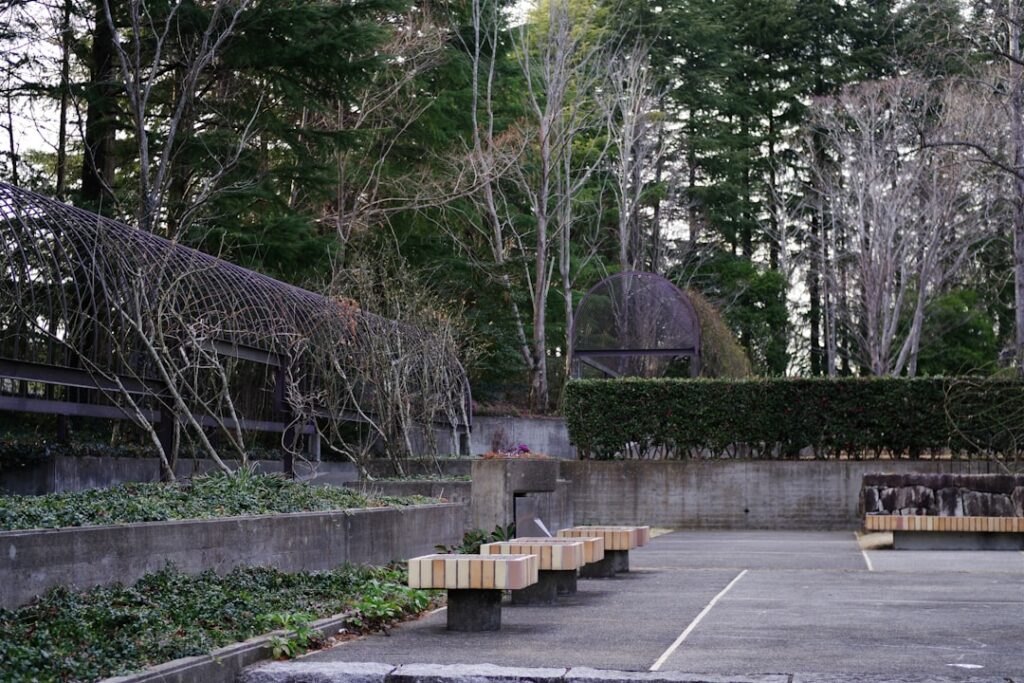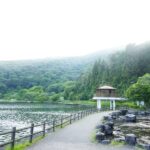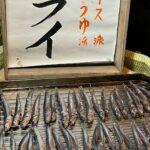Have you ever dreamed of wandering through tranquil forests and rice fields, only to discover mesmerizing works of art nestled within nature itself? Japan’s rural eco-art sanctuaries offer exactly this experience: breathtaking installations blending seamlessly with the land, vibrant community involvement, and immersive cultural enrichment. In this article, we’ll unveil the captivating world of eco-art in Japan’s countryside—where creativity meets sustainability, tradition merges with innovation, and every visitor finds inspiration in the unlikeliest of places.
What is Eco-Art? Japan’s Emerging Fusion of Nature and Creativity
Eco-art, known in Japan as 環境アート (kankyō āto), represents a compelling movement that seeks to harmonize artistic expression with the natural world. Unlike traditional museum-bound art, eco-art installations are born from local materials and are often situated outdoors, forming a unique dialogue with the environment. Over the past decade, as sustainability became a defining theme in Japanese society, artists and rural communities joined hands to regenerate local culture and landscapes. Rice paddies, mountains, forests, and even abandoned village houses became dynamic canvases for innovative creators. This movement is not just art; it’s a living collaboration with nature, shifting gently with the seasons and fostering new forms of community engagement.
Eco-Art Sanctuaries: From Echigo-Tsumari to Naoshima
Two of the most iconic destinations where eco-art has taken root are Echigo-Tsumari in Niigata and Naoshima in the Seto Inland Sea. The Echigo-Tsumari Art Field showcases hundreds of site-specific installations across rice terraces, forests, and rustic hamlets—each piece interacting with the landscape in innovative ways. Meanwhile, Naoshima and its neighboring “art islands” are famed for contemporary works that dialogue with sea, sky, and architecture.
What makes these sanctuaries truly unique is their deep-rooted connection to local communities. Villagers collaborate with artists, act as guides, and organize seasonal festivals to celebrate both local traditions and international creativity. Many installations are ephemeral, crafted from wood, bamboo, or recycled objects and eventually returning to nature. Visitors become participants, walking the same paths as residents and sharing in the revitalization of rural heritage.
How to Experience Japan’s Eco-Art: When, Where, and What to Savor
The best times to visit rural art sanctuaries are spring (for cherry blossoms and fresh greenery) and autumn (when rice fields and forests are ablaze with color). Echigo-Tsumari’s Art Triennale, held every three years, is an unmissable event, but installations can be enjoyed year-round. Naoshima and the Setouchi area host festivals and special exhibitions each season.
Accessing these regions often involves scenic train rides, local buses, or ferries—part of the adventure itself! Savor rustic specialties like mountain vegetable tempura in Niigata, Setouchi’s fresh seafood, and artfully presented regional sweets. Many art fields offer hands-on workshops: craft bamboo sculptures with local artisans, join guided tours, or join a “rice art” experience where you help create living artwork in a paddy.
Voices from the Field: Artists and Locals Speak on Art and Revival
Beyond the visual allure, the heart of eco-art sanctuaries is people—artists dedicating years to transforming abandoned structures, and villagers opening homes to visitors from around the world. Local farmers in Echigo-Tsumari proudly share how art festivals gave new meaning to their work, inspiring their children to stay and build a future in rural communities. International artists celebrate the slow, mindful pace of rural life and the rare opportunity to create alongside the rhythms of planting, harvest, and snow.
As one Naoshima resident confides: “Here, art isn’t just decoration—it’s a bridge between generations, a catalyst for dialogue, and a hope for tomorrow.” Their stories reveal a powerful path to rural revitalization, where creativity, sustainability, and community spirit nurture both landscape and soul.
Why Now? Rediscover Yourself Where Nature and Art Converge
In 2025, more travelers are seeking places to unplug, reconnect with nature, and engage meaningfully with local culture. Japan’s eco-art sanctuaries offer a rare invitation: wander through whispering forests and sunlit paddies, discover art that vanishes with the seasons, and feel a sense of peace so often lacking in the urban rush. Whether you’re an art lover, a nature explorer, or simply looking for soulful adventure, these rural retreats promise wonder, healing, and unforgettable encounters—awaiting just beyond the city lights.
Step into Japan’s hidden eco-art sanctuaries, and let the landscape stir your imagination. Here, every path is a canvas, every breeze a brushstroke, and every journey a story waiting to unfold.








